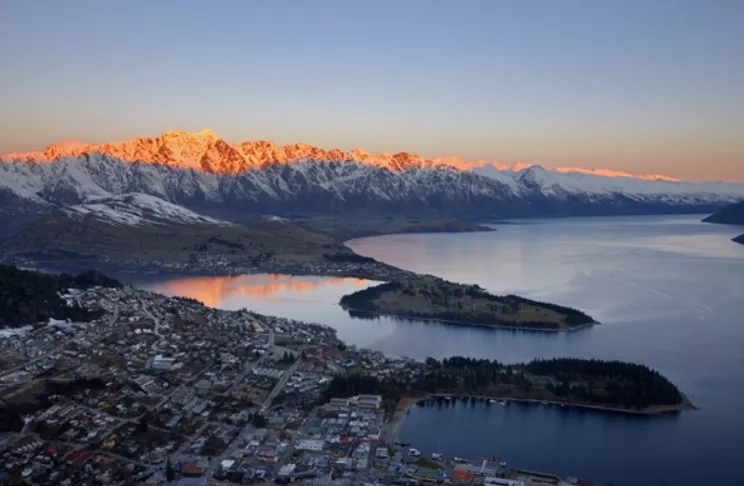
On July 22, 2025, New Zealand’s South Island experienced an intense cold snap, with two of its major cities—Dunedin and Christchurch—recording temperatures dangerously close to their all-time July lows. On a recent morning, Dunedin plunged to -5.5°C, just 1.1°C away from its all-time July record low, while Christchurch dropped to -3.1°C, merely 1.6°C shy of its own all-time July record. These near-record cold temperatures stand out in a country better known for its relatively mild and temperate winters, especially given the backdrop of global warming trends.
Dunedin and Christchurch both lie on the eastern side of the South Island and typically experience cool winters influenced by the Southern Ocean and occasional Antarctic air masses. However, the recent temperature plunge indicates a significant incursion of cold Antarctic air, pushing the mercury down to levels that threaten to impact daily life, agriculture, and infrastructure. Frost events during July are not uncommon in these regions, but readings this close to all-time records underscore the severity of this cold period.
This cold snap brings challenges for agriculture, particularly in rural and horticultural sectors. Prolonged frost conditions can damage crops and reduce yields, affecting both local economies and food supply chains. Farmers may also face increased costs in protecting livestock and plants from freezing temperatures. For urban areas, such cold mornings can strain energy systems as heating demand spikes, and there may be increased risks for vulnerable populations exposed to harsh conditions.
Meteorologically, the cold wave is associated with a persistent high-pressure system over the Tasman Sea and a strong southerly airflow drawing cold Antarctic air northwards. This pattern often brings clear skies and calm conditions overnight, which in turn lead to radiative cooling and very low minimum temperatures. While daytime temperatures may moderate somewhat, the nighttime lows remain severe, accentuating the risk of frost and freezing hazards.
Overall, the recent near-record lows in Dunedin and Christchurch serve as a reminder that New Zealand’s climate is capable of significant variability. As the country navigates a changing climate, it must also prepare for and adapt to episodes of extreme cold alongside heatwaves and other weather extremes.

Illustration picture: https://www.apollocamper.co.nz/be-inspired/explore-new-zealand/dunedin-and-central-otago/7-day-winter-road-trip-the-south-island-winter-wonderland


























